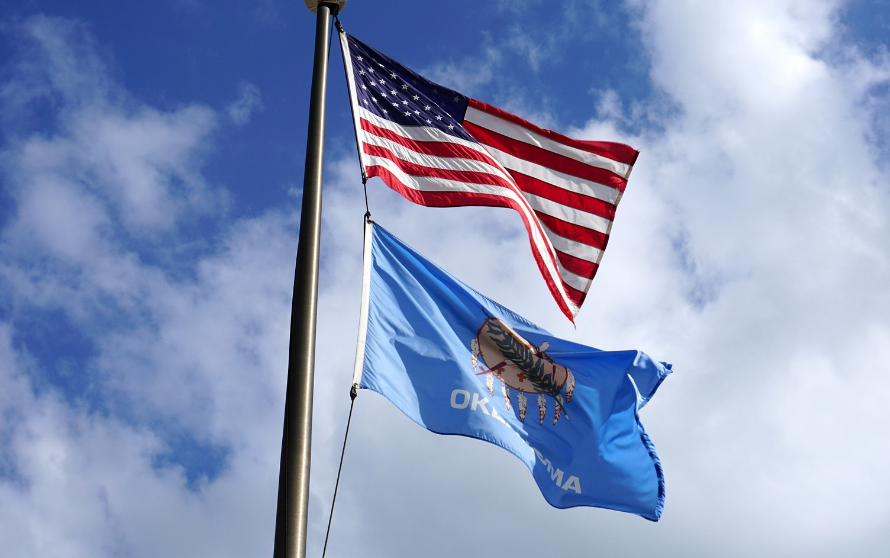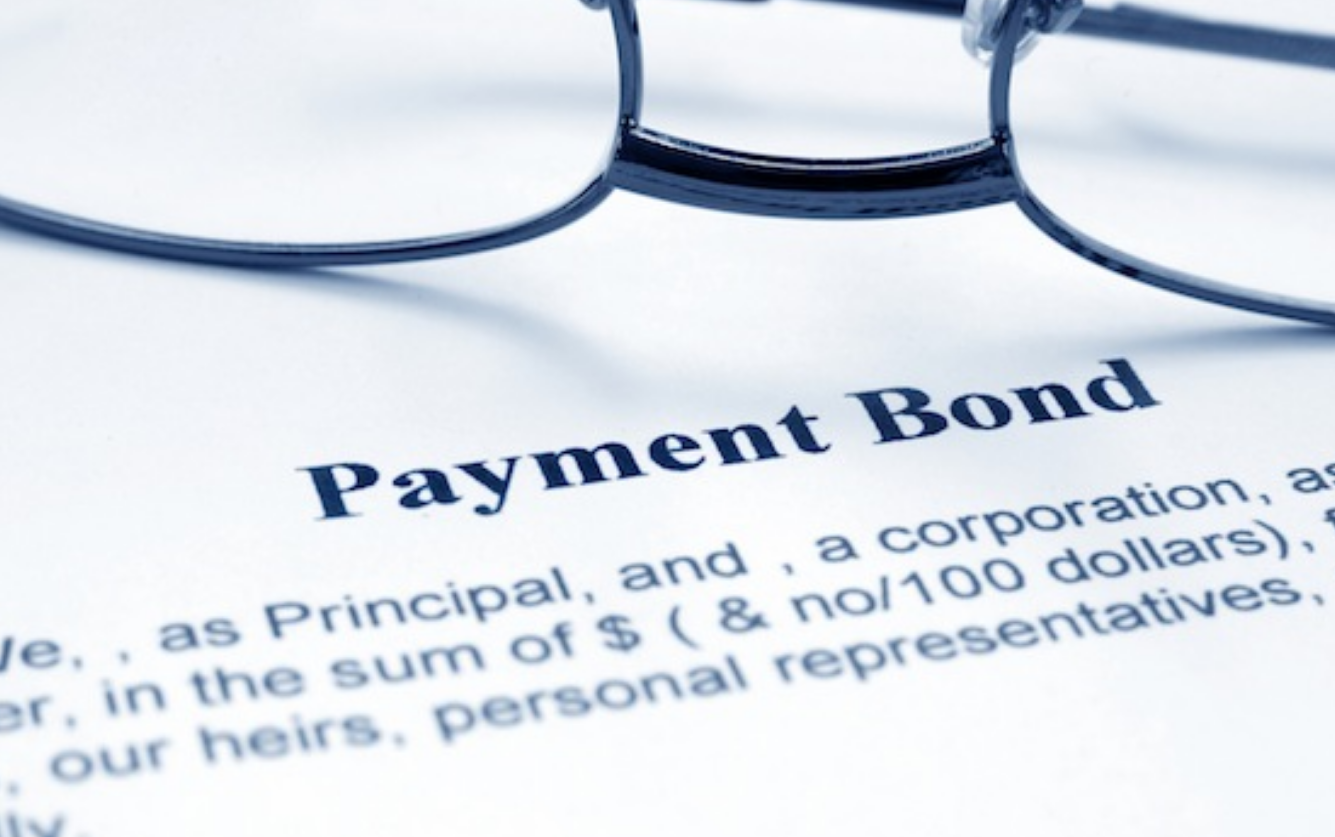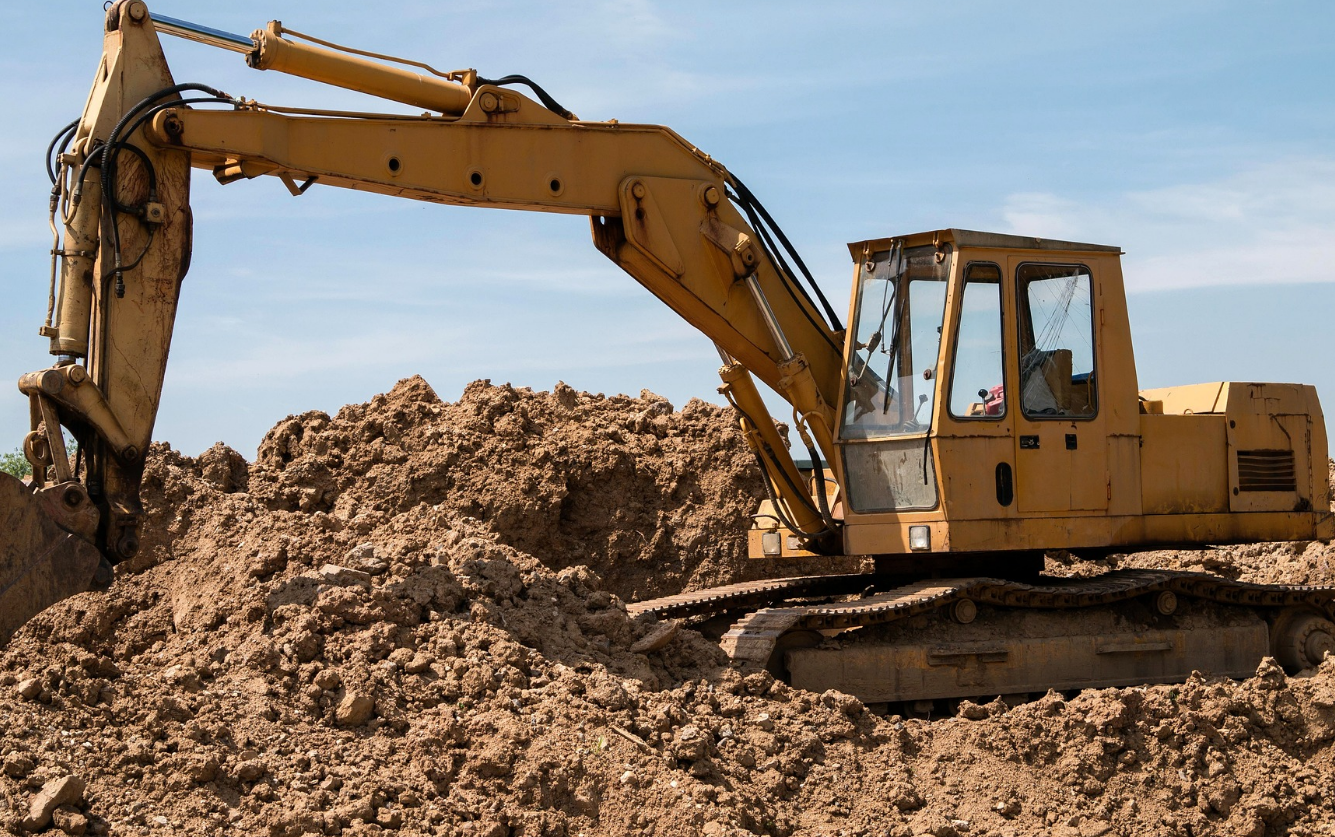
What is a Notice of Intent to Lien? Is It the Same as a Preliminary Notice or a Demand Letter?
The first step in securing mechanic’s lien or bond claim rights is often the service of a statutory notice. The statutory notice, depending on the project state, may be called any number of names: Preliminary Notice, Prelien Notice, Notice to Owner, Notice of Furnishing, and the list goes on.
Once the preliminary type notice is served, and payment has not been received, a Notice of Intent may be required.
What is a Notice of Intent?
A Notice of Intent is a statutory notice, required in many states, to be served prior to filing a mechanic’s lien.
Here’s a quick look at some states with a requirement for a Notice of Intent:
Notice of Intent on a Private Commercial Project
- Alabama: If the Preliminary Notice was not served prior to furnishing, serve a Notice of Intent upon the owner as soon as possible to trap funds, but prior to filing the lien.
- Arkansas: Serve Notice of Intent upon the owner least 10 days prior to filing the lien.
- Colorado: Serve Notice of Intent upon the owner and prime contractor at least 10 days prior to filing the lien.
- Connecticut: Serve a Notice of Intent upon the owner and the prime contractor within 90 days from last furnishing materials or services.
- Illinois: Serve a copy of the notice of lien upon the owner and the lender within 90 days from last furnishing materials or services.
- Missouri: When contracting directly with the prime contractor or a subcontractor, serve a notice of intent upon the owner at least 10 days prior to filing the lien.
- North Dakota: Serve a notice of intent upon the owner at least 10 days prior to filing the lien.
- Wisconsin: Serve a notice of intent upon the owner at least 30 days prior to filing the lien.
- Wyoming: Serve a Notice of Intent on the owner at least 20 days prior to filing the lien.
“I thought a Notice of Intent was a demand for payment.”
Well, in a way it is. Typically, if you are serving a Notice of Intent, it is because you are unpaid and intend to pursue a mechanic’s lien, but must first comply with statutory requirements. Often, the Notice of Intent is a component of the mechanic’s lien itself.
Notice of Intent = Demand Letter
Unfortunately, throughout the construction industry, document types don’t carry a uniform title. While some may use the terms Notice of Intent and Demand Letter interchangeably, NCS uses the term Notice of Intent only when the action is required by statute.
When a Notice of Intent is not required by statute, NCS recommends claimants serve a demand letter before proceeding with a lien, as it may be enough to prompt payment, without expending the cost for a mechanic’s lien. A demand letter, much like the name implies, is a demand for payment.
“A demand served upon a debtor, advising legal action may be taken including, but not limited to, filing a lien or suit to enforce a lien, making a claim against a bond, or filing suit to enforce a bond claim, or whatever other remedies may be available, if payment is not received within a specified time frame. Copies may also be sent to the owner, prime contractor, and subcontractors on a construction project.”
“How do I know which document to send?”
Just ask NCS! As a service provider, our notice & mechanic’s lien specialists are available to provide you with recommendations based on your project information. If you’d prefer to venture out on your own, then I would recommend referring to statute for the state in which your project is located.








